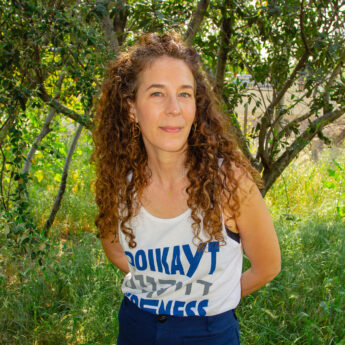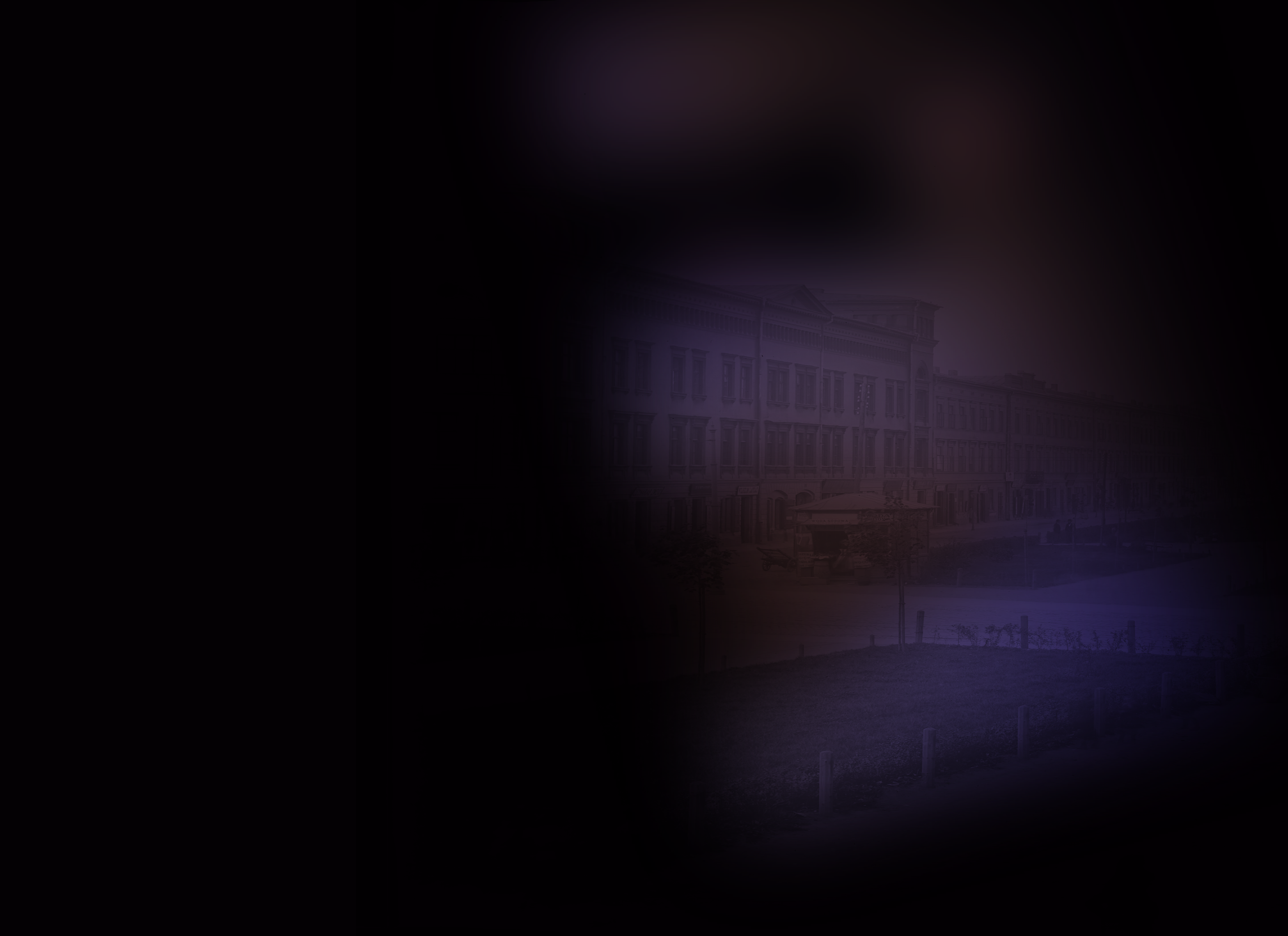
Julie Weitz
Short bio
Julie Weitz – visual artist and Fulbright scholar currently based in Krakow, Poland. Working across performance, film, drawing, installation, and photography, Weitz synthesizes elements from Yiddish folktales, Jewish ritual, clowning, and silent film to explore themes of loss and healing through a diasporic lens.
In your artwork, you combine elements of Yiddish performance, Jewish ritual, feminist performance art, clowning, and silent film. How do you manage to synthesize such different practices? And which of them was the first that attracted your attention?
I’ve always been fascinated by how divergent practices intersect. Most of my influences include some aspect of non-verbal communication, physical humor, and visual symbolism. At some point, I realized that if I could merge all my interests into one project, it would not only totally engage me, but it would also sustain my practice over time. My Golem became that project. I developed it with the awareness that golems eventually grow beyond their creator’s control. So, I embraced adaptation and collaboration, allowing many influences to enter my studio. This approach ended up shaping what my practice has become today.
You used to embody a mythological golem in a multilayered project titled My Golem (2017-2020). This figure is present in tales, legends, Yiddish literature, and pop culture. How did you envision to “use” it?
From the start, my plan was to embody the golem, which meant that I would both create her and become her. I brought her into the world at a low point in American history, during Trump’s presidency, when blatant displays of white supremacy, racism, and antisemitism were gaining more popularity. Dire times call for dire measures and I felt that a golem was what was needed, at least metaphorically. A golem who would fight for justice and protection not only for the Jews, but also for other groups targeted by white supremacy in America. So, I starting showing up in character at protests for immigrants’ rights holding signs that read “Golem Against ICE,” or “Never Again: Close the Camps.” I conceived the project as a form of political theater with the intention of using parody and humor to bring more attention to a difficult situation. Over the course of four years, the project progressed from a stylized satire of current affairs into an imaginative reinterpretation of the diasporic narrative tradition.

You also invoke the figures of tzadiks, dybbuks, and golems in a project called DOIKAYT / HERENESS (2022-present). Please tell us more about the idea behind it.
Doikayt / Hereness came out of my desire to ground my characters in their native land, so to speak. In the early 20th century, it was an organizing principle for Jews in Eastern Europe who called for equal rights in the lands where they lived, while standing in solidarity with their non-Jewish neighbors. Today, it has been adopted by diasporic Jews fighting against racism and fascism worldwide. For me as a performance artist, the idea of rooting myself in the local culture and ecology of wherever I am, while also retaining my Jewishness, is a resonant framework for collaborative artwork. By relocating to Krakow, I am posing the question: What does it mean to reanimate Yiddish folklore in the places where it once flourished but was nearly extinguished by genocide?
Speaking of Kraków, how does being here and the proximity to the memory of the Nazi genocide affect your way of thinking as well as your creative process?
My proximity to the memory of the Shoah is deeply impacting my creative process, and it has been intensified by Israel’s invasion of Gaza. When I first arrived in Poland, I assumed that I would be developing my project in response to historical trauma, but after October 7th, I understand that the trauma is ongoing and my response to it must incorporate present iterations of violence. Stories of tzadiks, dybbuks, and golems contain ancestral wisdom and I am scouring them for inspiration. I am intentionally moving slowly, absorbing the sense of loss and erasure that haunt these lands, and trying to understand how performance art might contribute to repairing unhealed wounds.

In 2023, the contemporary reimagining of The Seven Beggars, a famous Hasidic tale by Rebbe Nachman of Breslov, premiered at Galicja Jewish Museum in Kraków. The exhibition Seven Beggars was also presented there at the time. What were the people’s reactions to these projects?
It’s hard to measure the response of audiences to performance art, but in general, I think people were curious and bewildered by Seven Beggars. My approach to performance is intentionally playful and improvisational, which heightens the experience for all. Some of our performances were durational and people followed along for thirty minutes as we moved through the streets. Other performances directly involved audience participation; people danced, marched, chanted, and sang with us. People want to engage with artwork, and in Krakow, they also seem eager to engage with Jewish culture. I also sense that folks need to feel invited, or be granted permission beforehand.
As an American Fulbright Scholar, you’re staging Yiddish-inspired performance art here in Kraków. What are you up to next?
This summer I will premiere a new performance artwork during FestivALT, which I am developing with Polish choreographer Magdalena Przybysz. The project will reimagine a dybbuk exorcism and feature a troupe of 10 Polish-based dancers. To accompany the performance, I will also be offering free workshops about dybbuks and Askenazi healing practices. If you’re interested, follow me @mygolem_is_here to stay updated about my performances.

